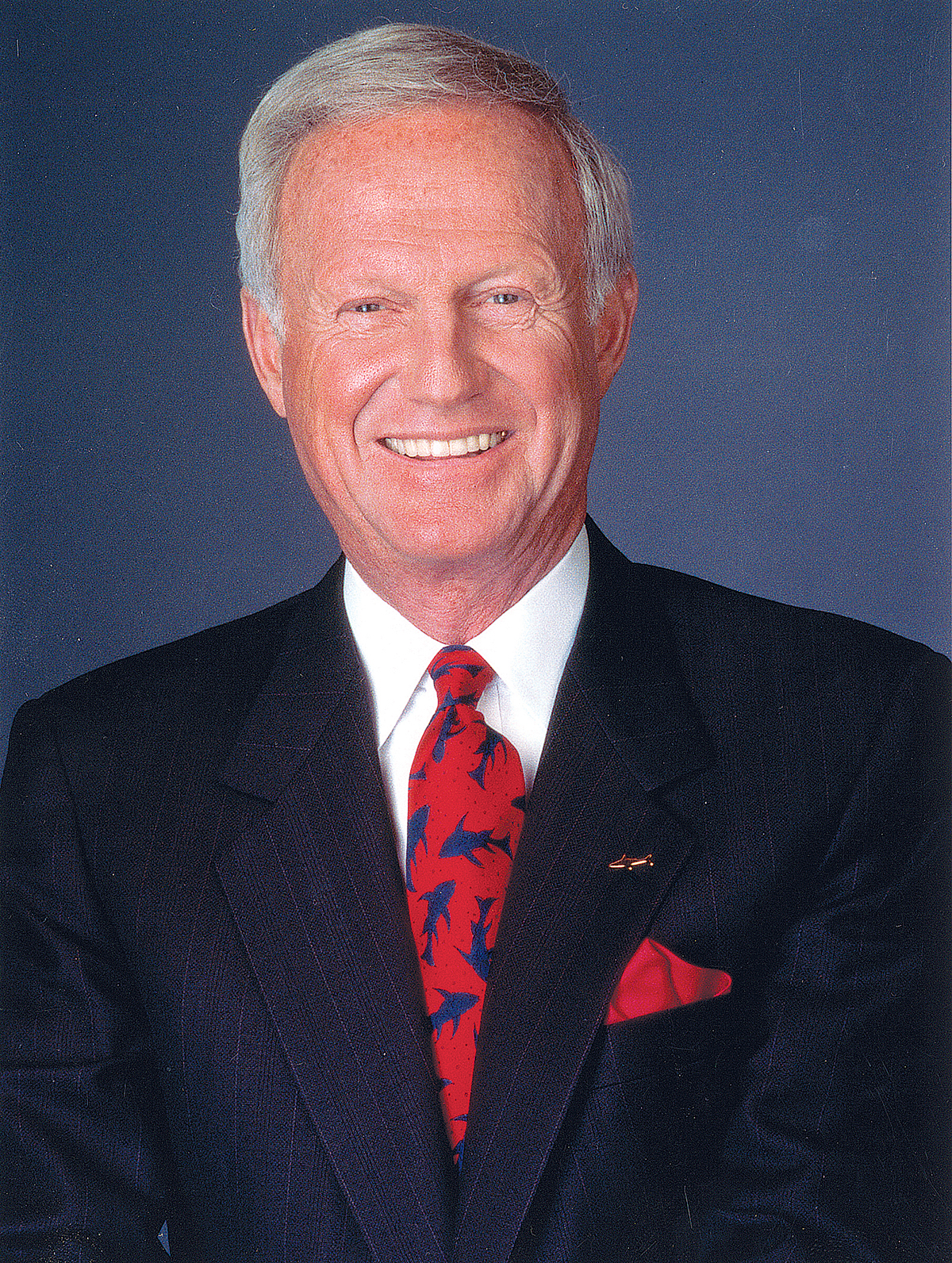While many salespeople enjoy significant rewards for their efforts, their work is becoming increasingly difficult. Even those in so-called “executive sales” find getting through the door is increasingly difficult.
Yet salespeople can perform a valuable and necessary function. The good ones are excellent problem-solvers, sources of helpful information and resourceful consultants. The others, who are often painfully easy to spot, only want to make the sale, not satisfy the customer.
It would seem the only way to solve the problem of wasting time in bad meetings is to avoid as many salespeople as possible. Unfortunately, that may not be the best solution. In fact, it may not even be a good one.
To make meetings with salespeople as productive as possible, here are some techniques that may be useful:
• Schedule on your terms. “When can we get together?” This is the killer question, and it always comes from a salesperson very early in a telephone conversation or e-mail. There is only one acceptable answer to this question: “Not at this time.” It should be stated firmly. Make it politely clear that you are in charge of the process.
We all have gone to sales meetings and heard the prospective customer say, “We’re glad you’re here. Go ahead; it’s your meeting.” It’s almost as if the salesperson is being dared to succeed. Shame on the customer for letting this happen.
• Meet in a room with a table and chairs. Relaxed, laid-back and informal are appropriate in many business situations today. However, there’s one place in every company that’s exempt. That’s where the word “purchasing” is on the door. This is where there are always clearly established protocols and procedures that everyone is expected to adhere to without exception if they want to do business with the company.
If the goal is to be productive, businesslike and informative, then the location that reflects these objectives is the right place to hold a meeting. More often than not, this will be a room with chairs and a table.
• Ask for a meeting agenda. Customers come away from too many meetings with salespeople saying to themselves, “Why did I ever let her talk me into having a meeting?”
Before agreeing to meet, ask the salesperson to send you a proposed agenda, along with appropriate supporting information and data so you can be prepared. This allows you the opportunity to evaluate the salesperson, what is being offered, and whether a meeting will be productive.
• Don’t get hung up on small talk. Many salespeople revel in small talk. They probe with a sports question or ask about the photos of kids on your credenza.
While this passes as a “relationship-building” tactic, it is actually a technique that helps salespeople find out if you are willing to let them take charge of the meeting.
Today, very little small talk belongs in these meetings. It tends to send the wrong message to each of the parties. Getting down to business sends the right message.
• “What do you know about our company?” Make this your opening question to a salesperson. It will let you know if the salesperson has researched what you do, including any problems you may be facing.
If the answer is too general or non-existent, or the salesperson stumbles over the question, it’s time to end the meeting. If you do, it will avoid wasting valuable time and lets the salesperson know you are serious.
• “What do you want to accomplish today?” This should be your next question. On the one hand, it makes it clear that you are chairing the meeting. If the salesperson is unable to answer the question to your satisfaction, simply end the meeting. If you think there’s a good reason to do so, reschedule it when the salesperson is better prepared.
• Avoid asking “What does it cost?” This is perhaps the most harmful question of all because it changes both the focus and the dynamics of the conversation. If you really want to learn something from a salesperson, don’t ask this question, since it puts most salespeople on the defensive and sends the message that all that matters is price.
Offering a different question is more productive. Focus the salesperson’s attention where it benefits you the most: “What value will this purchase bring to us?” The answer will tell you if the salesperson has spent time preparing for the meeting, is only interested in coming away with the order, or doesn’t have a clue.
• Exchanging post-meeting memos. Before the meeting ends, discuss exchanging post-meeting memos with the salesperson. This should occur, if at all possible, within 24 hours after you’ve met.
This lets you as the customer comment on and evaluate the meeting, convey any questions or concerns, suggest any next steps or indicate that you do not want to go any further, either now or later.
At the same time, sending a memo offers salespeople a way to reflect on the meeting, communicate their major points (and add new ones), provide supporting material, clarify issues and make suggestions on how to proceed. By exchanging substantive memos, each knows where the other stands.
While some salespeople will find these guides much like having to wear a straitjacket, they are actually helpful in making it possible for a salesperson to succeed. It’s up to the customer to set the expectations and create the right atmosphere if everyone is to get the most out these meetings.
John R. Graham is president of Graham Communications, a marketing and sales consulting firm. He can be reached at j_graham@grahamcomm.com.













